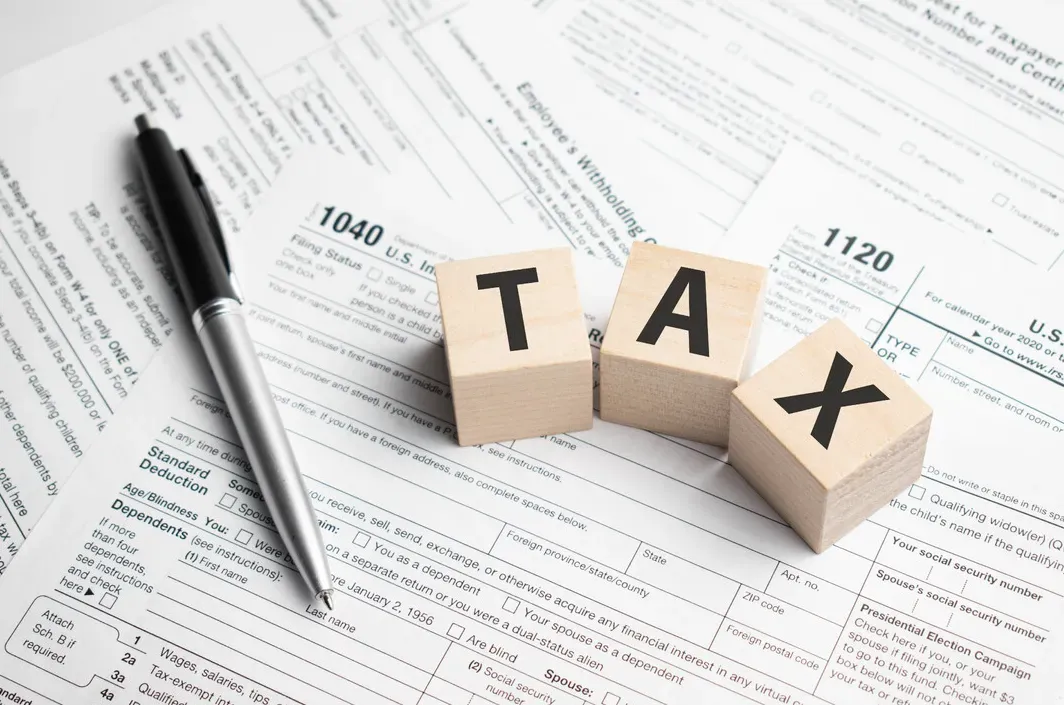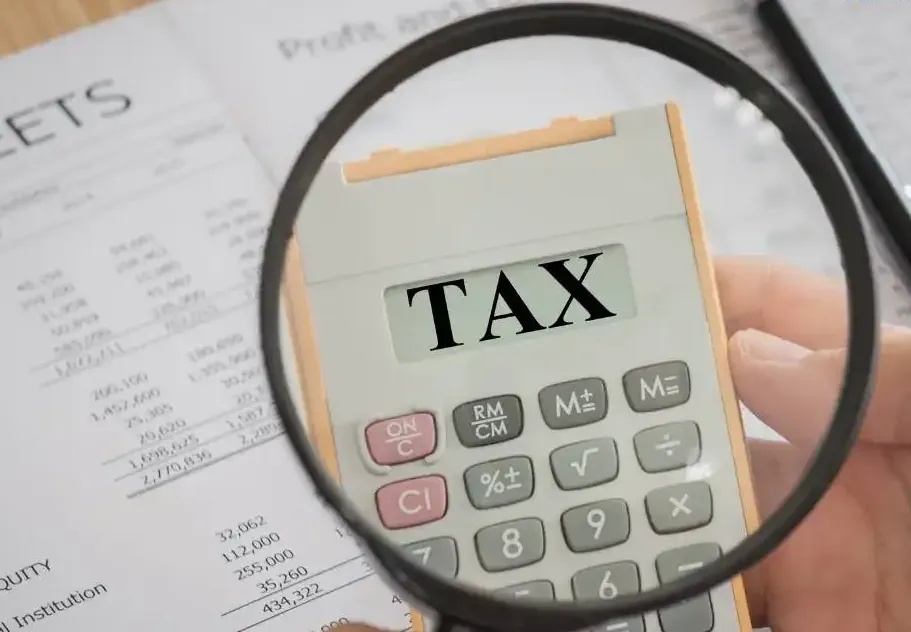Decoding the Tax Implications of Selling Property in India: A Comprehensive Guide for 2025

By
Shrusti Naik
Posted on August 12, 2025. 10 mins

Decoding the Tax Implications of Selling Property in India: A Comprehensive Guide for 2025
Introduction

In July 2024, the Union Budget quietly rewrote the capital-gains playbook for every Indian property owner. Overnight, the choice between 20 % tax with indexation and 12.5 % tax without indexation became the pivot on which a ₹1.5 crore resale could swing by ₹6–8 lakh in tax outflow. With ₹3.4 trillion worth of residential stock expected to change hands in FY 2025-26 , understanding the new math is no longer optional, it is the price of entry into the selling season.
1. Short-Term vs Long-Term: The 24-Month Line in the Sand
Hold your flat for 24 months or less, and every rupee of gain is added to your income and taxed at slab rates up to 30 %. Hold it for 25 months or more, and you enter the long-term capital gains (LTCG) zone. Here the rate is 12.5 % flat, but indexation, the inflation-adjustment cushion, has been removed for assets acquired after 23 July 2024. If you bought before that date, you can choose either regime at the time of sale, whichever minimises tax. You might also like to checkout The Home Selling Checklist
2. Calculating the Gain - With and Without Indexation
Imagine Mr Sharma who bought a flat in FY 2010-11 for ₹30 lakh and spent ₹5 lakh on interiors in FY 2017-18. He sells in FY 2025-26 for ₹1.2 crore.
- Option A – 20 % with indexation: Indexed cost totals ₹77 lakh; taxable gain ₹43 lakh; tax ₹8.6 lakh.
- Option B – 12.5 % without indexation: Gain ₹85 lakh; tax ₹10.63 lakh.
In this case, Option A still wins by ₹2 lakh . The lesson: run both calculations before signing the sale deed. Also read The Unseen Influence of Local Infrastructure Projects on Property Values: A 2025 Indian Playbook
3. TDS, Form 26QB and the Buyer’s Obligation
Every buyer must deduct 1 % TDS on the entire sale consideration under Section 194-IA and deposit it via Form 26QB within 30 days. NRIs face a steeper 12.5 % TDS for LTCG and 30 % for STCG, but can obtain a lower-deduction certificate under Section 197 if actual tax is lower . Miss the deadline and interest at 1 % per month plus ₹200 per day penalty kick in. For more sustainable innovations, check out Green Buildings.
4. The Reinvestment Ladder - Sections 54, 54EC and 54F
You can nullify or defer the entire tax by:
- Buying another residential house within 1 year before or 2 years after sale, or constructing within 3 years (Section 54).
- Investing up to ₹50 lakh in NHAI or REC bonds within 6 months (Section 54EC).
- Using the entire sale proceeds to buy a new residential property if the asset sold was not a house (Section 54F).
In 2025, NHAI bonds yield 5.25 % and are oversubscribed within days, so plan the subscription early. Also check out Fractional Ownership of Real Estate in India 2025
5. Timing the Sale - Why April 1 Matters More Than Ever
Selling before 1 April 2025 pushes the gain into FY 2024-25; selling after 1 April 2025 defers tax to FY 2025-26. This one-day shift gives you:
- An extra year to reinvest under Section 54/54EC.
- Four quarterly advance-tax instalments instead of a March lump-sum.
- Extension of CGAS deposit deadline to 31 July 2026 instead of 2025 .
Estate planners are already advising clients to close deals on 2 April 2025 to maximise the tax-deferral window. You can also read our blog on hidden charges in home loans.
Conclusion

Selling property in 2025 is less about market timing and more about tax-timing. Run the dual LTCG exercise, lock the TDS timeline, and decide whether Section 54 or 54EC will shelter the gain. The seller who files Form 26QB on day 28 and books NHAI bonds on day 175 will walk away with lakhs more than the one who waits for “luck”.
Frequently Asked Questions
-
Do I have to pay tax if I sell inherited property?
Yes, but the original owner’s purchase date determines long-term or short-term status; tax is still payable on the gain. -
Can NRIs claim indexation for pre-2024 properties?
Yes, they enjoy the same choice between 20 % with indexation or 12.5 % without as resident Indians . -
What if the buyer does not deduct TDS?
You must still pay the tax; the buyer is jointly liable for interest and penalty. -
Is reinvestment in two houses allowed?
Yes, Section 54 now permits purchase of up to two residential properties if the gain does not exceed ₹2 crore. -
How long can I park money in the Capital Gains Account Scheme?
Three years for construction and two years for purchase; failure to invest within the window attracts tax plus interest.